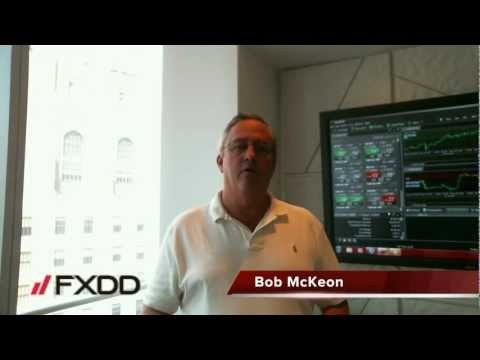Intro To Reading Forex Charts Tutorial by FXDD Malta Forex Resources
Post on: 30 Май, 2015 No Comment

Every Forex chart tells a story
To be profitable in today’s world technology and advancement, one must be proficient in reading and more importantly understanding chart patterns and basic technical indicators. Below is just a few basic points to help your understanding of technical analysis and currency chart reading.
Pricing
Price reflect the perceptions and action taken by the market participants. It is the urgency between buyers and sellers in the trading pit that creates price movement. Thus, all fundamental factors are quickly discounted in price. Therefore, by studying the price charts, you are indirectly seeing the fundamental and market psychology all at once — after all the market is feed by two emotions — Greed and Fear and once you understand that, then you begin to understand the psychology of the market and how it relates to the chart patterns.
Data Window
Most computer programs will display a small box of data usually called a display window which will contain the following items:
O = Opening Price
C = Close or Last Price
Tr = Volume or number of trades ( not contracts ) in that time period.
Price Bars
Price bars are a linear representation of a period of time. This enables the viewer to see a graphic representation summarizing the activity of a specific time frame. As an example, we use one minute and five-minute bars for our system. Each bar has similar characteristics and tells the viewer several important pieces of information. First, the highest point of the bar represents the highest price that was achieved during that timer period. The lowest point of the bar represents the lowest price during the period. Regular bars display a small dot on the left side of the bar which represents the opening price of the period and the small dot on the right side represent s the closing price of the period.
Market Types

The market often displays some very familiar patterns of price movement. Once a pattern is established, it becomes the most probable course of future price action until the market changes. There are two types of markets which become important for the beginning trader to identify; trending and trend-less. Each market type has two specific patterns which you will also notice over time. These market types and patterns can be defined as follows:
- Trending — Steady elongated price movements with less than a 45-degree angle with occasional pauses, profit taking, or resting periods.
- Uptrends — A pattern of higher highs and higher lows.
- Downtrends — A pattern of lower lows and lower highs.
- Trend-less — Erratic price movements which are often steep ( greater than 45 -degree angle ) and cannot sustain and therefore must reverse. Although the movements can move many points in a short period of time, they often result in very little net price movement over time.
- Choppy — An erratic pattern of higher highs and lower lows.
- Sideways — A narrow pattern of lower highs and higher lows.
While up-trend and down-trend days can offer excellent trading results, choppy markets often create stop outs, while sideways markets produce for little in either direction. Our trading objective is to get into a trending market and ride until we make our target objective.
Volume
Four easy rules to follow regarding Volume:
- When prices are rising and volume is increasing, prices will continue to rise. The uptrend is being confirmed.
- When prices are rising but volume is decreasing, the uptrend is losing momentum and may be near the end.
- When prices are falling and volume is increasing, prices will continue to fall.
- When prices are falling and volume is decreasing, the downtrend is losing momentum and may be near the end














